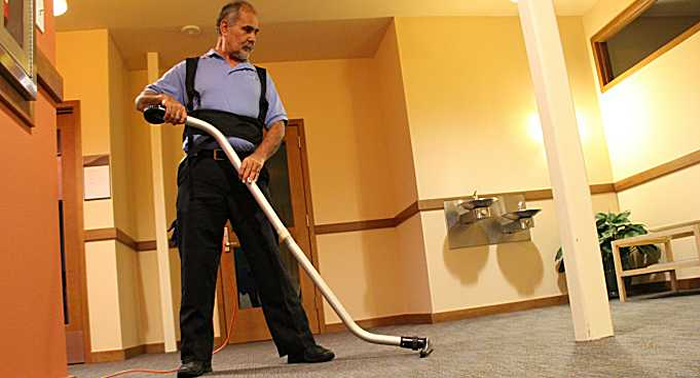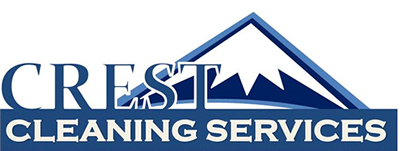

Bellevue Janitorial Services
Overview of Our Professional
Bellevue Janitorial Services
Your particular home or office is unique, and because of this you need personalized attention from the Bellevue janitorial services company you choose. From washing windows to cleaning floors and carpets, attention to detail is at the heart of how we approach every janitorial service Tukwila based job.
Attention to detail is vital when it comes to selecting Bellevue janitorial services, because the little things are always what stand out most when you have guest over to your home or clients meeting at your workplace. Our Bellevue janitorial service experts are experienced in variety of cleaning services that include:
- Carpet Cleaning Service – We deep steam clean carpets according to manufacturer’s recommendations
- Commercial & Industrial Floor Buffing Service
- Commercial & Industrial Floor Stripping Service
- Commercial & Industrial Floor Waxing Service
- House Cleaning
- Office Cleaning & Bellevue Janitorial Service
- Pressure Washing Service
- Window Cleaning Service
Crest Bellevue Janitorial Services Experts
You’re Bellevue office building or retail space must be clean if you are to be successful in the marketplace. When you hire a professional Bellevue janitorial service based company to keep your office space neat and clean, you shouldn’t even be aware that it’s been cleaned when you first walk in the door in the morning. We believe that the best endorsement of our janitorial care is when our Bellevue clients notice that cleaning has even been done.
Worry free Bellevue janitorial services is what we do best at Crest Janitorial Services. Contact us today at (206) 902-0427, schedule a service appointment, and give us a try. We are certain that you won’t be disappointed in our professional Bellevue based janitorial company, or the quality of our service.

About Bellevue WA
In 1869, the first homesteaders who arrived in the Bellevue region were Aaron Mercer and William Meydenbauer. Mr. Meydenbauer was a baker from a Seattle who located next to settled next to the sheltered bay and he is the namesake of that bay. Mr. Mercer farmed next to what is currently known as Mercer Slough, which is located south of Meydenbauer Bay. Both men moved on after selling their claims after their land had become profitable. The only left their names.
A man named Isaac Bechtel Sr. purchased some land close to what is currently the downtown region in 1882. Mr. Bechtel and his sons cleared and logged the land for the next few years. There were farms, shingle mills, and a saw mill in the region by 1890, and other pioneers began arriving. The growing community also had some businesses and a school.
A man named Mathew Sharpe, who had relocated to the region with his brothers from Bellevue, Indiana was the first postmaster in the region. Because translated from French, Bellevue means beautiful view, Mr. Sharpe considered that name to be just as applicable for his new home, which had the Cascade mountains to the east and sweeping vistas of Lake Washington to the west.
The population of Bellevue was 400 people in 1900. In 1904, Bellevue was platted. By now the community had become a retreat for many wealthy families from Seattle and the hub for berry growing in King County. Since the 1890’s, the Medina neighborhood next to the shores of the lake had been known as the Gold Coast. Landowners purchased the farmland and transformed it into sprawling estates.
In 1908, the Beaux Arts community was established as a colony for artists. Plans were being considered for instruction in disciplines such as photography, weaving, ironwork, and sculpting as well as studios. Some of the houses constructed during this period still stand today, although the project was never completed.
The population of the community had increased to 1,500 people by 1910. Some of the growth was the result of the hundreds of men hired by the Hewitt Lumber Company of Tacoma to log timber from Wilburton south to Kennydale and west to Lake Sammamish. These logs were floated down Mercer Slough and hauled overland.
Ferryboats provided the transportation from Bellevue to Seattle. Access to Puget Sound was provided in 1917, with the completion of the Lake Washington Ship Canal. This provided new businesses to Bellevue. A local resident named William Schupp, who was the head of the American Pacific Whaling Fleet, elected to relocate his corporate headquarters to Bellevue. It was both beneficial and convenient to store his whaling ships in Meydenbauer Bay during the off season. The worms and barnacles were kept at bay by the fresh water of the lake.
Farming was still the most productive industry in Bellevue. Although anti-alien legislation during the 1920’s prohibited them from leasing land, many of the early farmers were Japanese. Many of them relocated elsewhere and those who remained lost much of their land during WW II, when, for the duration of the war, the local Japanese were forced into internment camps.
Bellevue remained a rural community all through the first half of the 1900’s. Their annual Strawberry Festival was always a large success, for both enticing new residents who wanted to be able to commute to their jobs in Seattle while living in a country environment as well as selling produce.
In 1939, Bellevue was transformed into a bustling suburb from a farming community with the construction of the first bridge across Lake Washington. The most predominant location for most ferry commuters was the community of Kirkland prior to the bridge. As a result of the new bridge Bellevue became a more desirable location for commuters by automobile. An ever increasing number of people started relocating to Bellevue following WW II.
The first shopping mall known as Bellevue Square was opened in downtown Bellevue by a developer named Kemper Freeman in 1946. Only a few years earlier this location had been occupied by strawberry farms. This resulted in some unprecedented business growth in the area, which has continued into the 1990’s.
The year 1953 brought the incorporation of Bellevue as a city. The city planners didn’t look to the future of the community as a sleepy town but rather as a thriving city. Although it was unheard of in most close by communities, some streets were designed to have six lanes. As a result of the many automobiles that would soon to arrive, businesses were required to provide a considerable amount of parking space. In 1955, Look magazine and the National Municipal League named Bellevue an All-America City.
The role of Bellevue as the central hub in the eastern suburbs of Seattle was solidified with the completion of the second bridge across the lake in 1963. Bellevue had nothing to do but grow with such easy access to Seattle. Soon, the central business district was filled with skyscrapers. Bellevue became one of the wealthiest communities in Washington State because many banks relocated their corporate headquarters to the community. Bellevue Square was greatly expanded during the 1980’s.
Bellevue has enjoyed the most amount of growth in the shortest amount of time of all the communities on the Eastside. There are those who still remember eating fresh strawberries right off of the vine, riding the ferries, and the harpoon boats in Meydenbauer Bay. Although the Gold Coast still exists, it is currently the home to some of richest individuals in Puget Sound.





